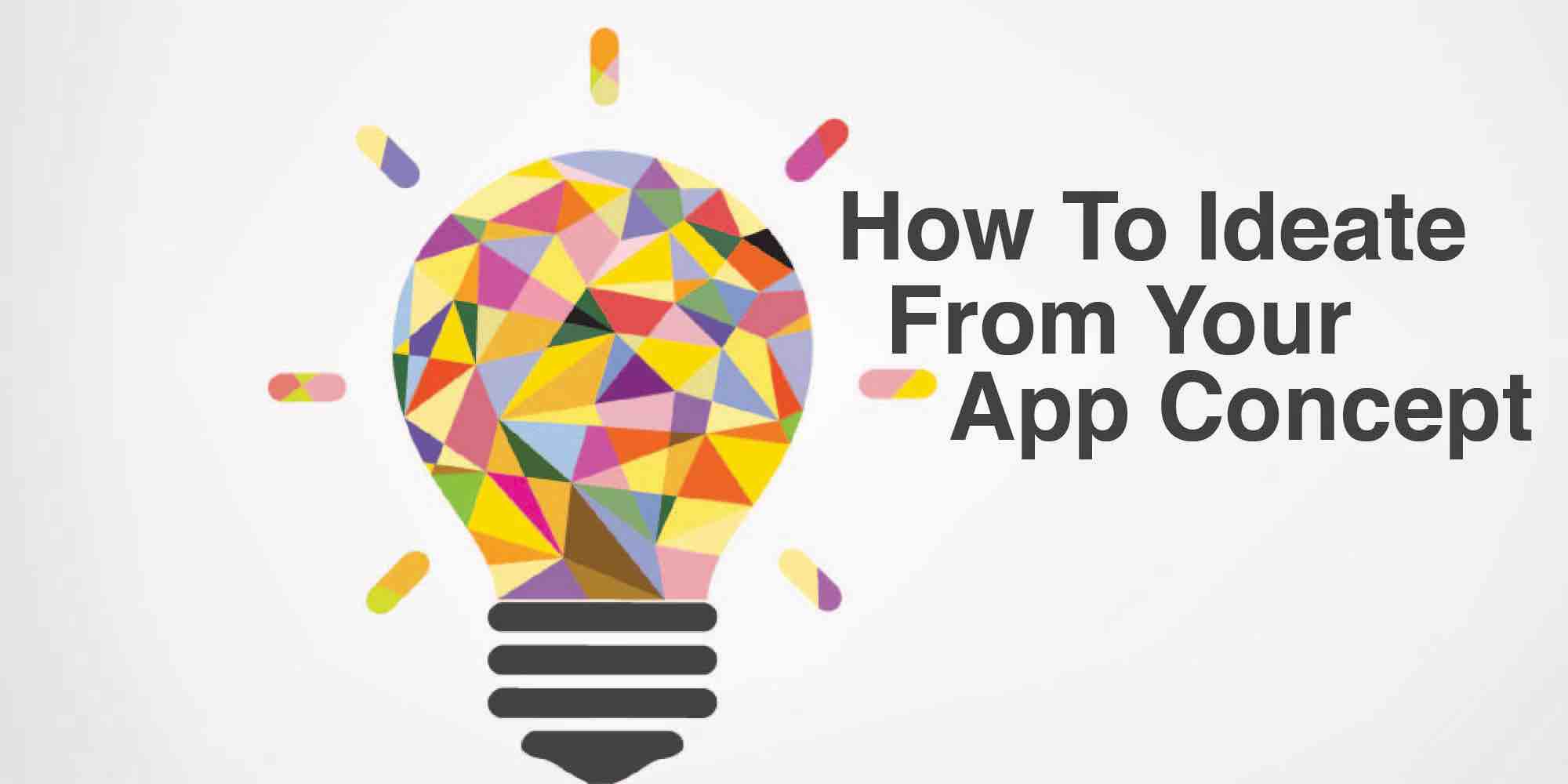
In our last blog post, we went over why it’s important to ideate from your initial app concept. In this post, we’ll show how to ideate.
1) Find Your Why
Simon Sinek’s business best-seller, “Start with Why,” speaks to a need of the human mind. We understand any topic best when we first understand its purpose. Don’t try to explain to me white water rafting technique until I first understand why I might enjoy white water rafting. (It’s fun, it’s thrilling, it builds team spirit, it brings you deep into nature …)
So, to best understand your app, first understand and write down:
-
Why you want to create it
-
Why it should exist
-
Why anyone – preferably millions of someones – will want to use it on a frequent basis
Writing down these why’s will help you make them concrete and specific. Vague notions such as “I want to be rich” or “I want to change the world” won’t get you far.
Understanding why people will use your app will provide insights into what to features to include. It will give you the motivation you need to complete the app, and a rich story to tell to entice people to buy it. Don’t ask why only once. For each answer, ask why that is. Ask this 5 times per question. Seek to really understand why.
2) Be Mister Rogers
If you’re too young to remember Mister Rogers’ Neighborhood, which aired on PBS from 1968 – 2001 (the second-longest running children’s show after Sesame Street), Mister Rogers was a nice sincere man in a sweater who gently instructed children ages 2-5 how to grow up without ever sounding like a bossy parent.
Mister Rogers is who you want to be while brainstorming your app idea: open, encouraging, creative, fostering. This is true when considering the ideas of your brainstorming colleagues (brainstorming works best in small groups), and even more true when considering your own ideas. The risk in not being Mister Rogers is that you limit your app’s potential, and fail to see the breakthrough idea.
As with young children, allow your brainstorming phase to continue until all ideas have been exhausted, and it’s nap time. Sleep on your ideas. Some will fade away like pleasant dreams. Others will grow stronger, and resist concerns about feasibility. Those are your winners.
When brainstorming starts to wane, add constraints. Contrary to how it sounds, constraints spur creativity. Constraints to consider:
-
require that the app include magic or fantasy
-
require that the user interface cannot include any text
-
require that the app only has one view or screen
Can’t you just hear Steve Jobs say, “Design a smart phone with only one button”?
3) See It
Large swaths of our brains prefer imagery over language. It’s been proven that literally “seeing” an idea gives you more belief and confidence in that idea.
So, just as it’s important to write down your why’s, it’s important when ideating your app to visualize its functions and uses with drawings or sketches. Start with an outline of the screen. If your app is for a smart phone, find a template online and print out copies to sketch on.
You don’t have to be an artist – the ability to draw rectangles, circles, and write words is all you need. It doesn’t have to be pretty. Get your thoughts on paper so you and others can provide feedback and iterate. As long as you can recognize what you’re trying to show, you’re good.
4) Don’t Let Me Get Too Deep
As Edie Brickell & the New Bohemians sang in “What I Am” (1988), “philosophy is a walk on the slippery rocks.” During ideation, it’s best to stay close to the surface level. Details bog down ideas; leave them for planning and execution.
When sketching your ideas on paper, use a fat pen. I like to use fat colored pens. The colors spur creativity while the fat tops keep me from getting too detailed, allowing me to stay high level.
5) Take the Red Pill, But Stay Near Land Lines
The Matrix explored how anything is possible in the universe of coding. But while ideating your app, it helps to tether yourself to a few lines of constraint:
-
Set a time limit, generally 1-2 hours
-
Set a group size limit, ideally 3-5
-
Clearly define (and picture!) your audience, and make sure all ideas serve that audience
-
Set a minimum and maximum number of ideas, say 5-25
Just as in The Matrix, the world is made of many different perspectives. Group your users into “personas.” Describe what each persona would think, feel, say, and do in regard to your idea and solution. By considering each persona, you will see new requirements and may eliminate some unnecessary ones.
6) Think Lean
Ideate using a short feedback loop: generate ideas quickly, prove or disprove them quickly, use what you learn to repeat. Distribute your 10 best ideas among the members of your brainstorm group, with instructions to test them based on defined criteria. For example:
-
Find 5 people complaining online about the problem that your idea solves
-
Find any apps already in the App Store that serve a similar purpose; then improve on them
-
Find YouTube videos about your idea
Separate the winners and losers, and repeat until you have your minimum number of ideas.
7) Test It
Once you have your best ideas, clean up your sketches, mock them up, and test them with your app’s eventual users. Again, they don’t have to be pretty. No coding is required — just get the idea across. When showing off the ideas, use your ears, not your mouth. Listen to feedback and write it down. Don’t explain or defend your ideas – your aim is to get a lot of feedback. User confusion is the feedback you need to improve the idea. Ultimately, testing will tell you whether you are on target, need to modify your app, or are ready to commence development.
Conclusion
“Give me six hours to chop down a tree,” Abe Lincoln said, “and I will spend the first four sharpening the axe.” Preparation up front for app development saves a lot of time and frustration later. Ideation is that preparation.
